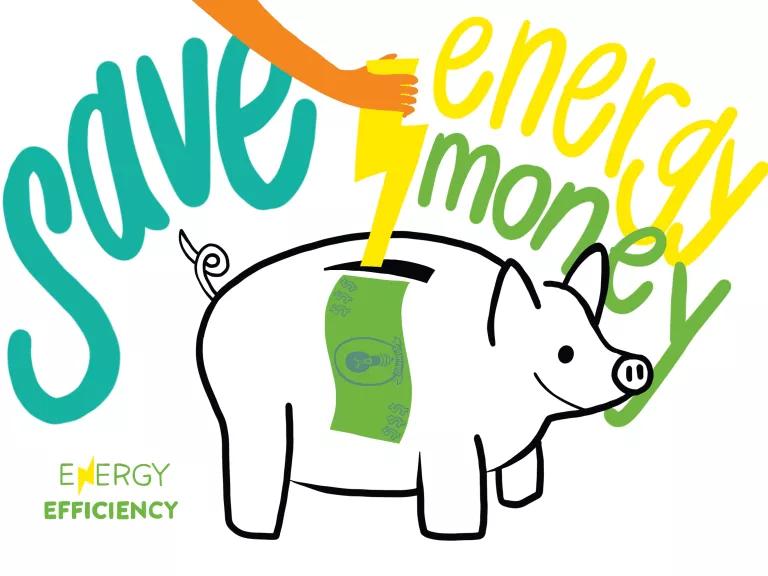A Discredited Myth About Energy Efficiency
Do energy efficiency gains inevitably result in increased energy use?

Do energy efficiency gains inevitably result in increased energy use? New Yorker columnist David Owen has long thought so, and his most recent broadside implausibly brands efficiency gains in refrigerators as “an agent of climate catastrophe.” But he admits, as he must, that by 2010 “the average refrigerator for sale at that time used only a quarter as much energy as a typical 1975 model yet had twenty percent more storage capacity and cost only forty percent as much,” and “today’s refrigerators and air conditioners are more efficient still.” So what’s the problem?
Owen contends that we will just use the dollar savings from increased refrigerator efficiency in ways that end up raising overall energy consumption: “Making useful technologies more efficient makes them cheaper, and as they become cheaper we use them more and find more uses for them.” Or, anecdotally, “If the only refrigerators we could buy now were thirties-era GE Monitor Tops, Cumberland Farms wouldn’t have an entire wall filled with chilled soft drinks and drinking water.” In sum, “the correlation between growth in efficiency and growth in consumption is not accidental.”
But there is no such correlation (putting aside Owen’s atypical nostalgia for clunky “thirties-era” appliances). Energy efficiency gains long ago broke any linkage between growth in the US economy and energy use. Since 1973, inflation-adjusted US gross national product has more than tripled, while energy use increased by only about 25 percent. If Owen and other proponents of energy efficiency’s alleged “rebound effect” were right, that record would have been flatly impossible, since energy savings would have induced offsetting energy use, yielding growth in total energy use at least equal to growth in the economy (which actually happened for the first three decades after World War II, but not thereafter). Or consider the recent record of the US electricity sector: even before COVID struck, carbon pollution from electricity production had dropped more than 30% from 2007 – 2019, although the US economy grew by more than 20 percent. Energy efficiency gains were the biggest single part of that story too, accounting for about half of the carbon reductions, although renewable energy growth and fuel substitution (gas for electricity) certainly helped.
Owen also implies that the global shift from ozone-depleting chemicals (called “chlorofluorocarbons,” or CFCs) to alternative refrigerants (hydrofluorocarbons, or HFCs) has traded less ozone depletion for more climate change. But the change in refrigerants was a step in the right direction on both counts. In addition to harming the ozone layer, CFCs are even more powerful heat-trapping pollutants than HFCs, so replacing them with HFCs helped reduce both of these severe environmental threats. Now a new generation of less harmful refrigerants has been developed, and a global phasedown of HFCs is underway.
Without energy efficiency, our nation’s harmful carbon emissions would be 60% higher. In a warming and decarbonizing world where air conditioning and refrigeration are increasingly essential to human health, energy efficiency’s importance will only grow.


